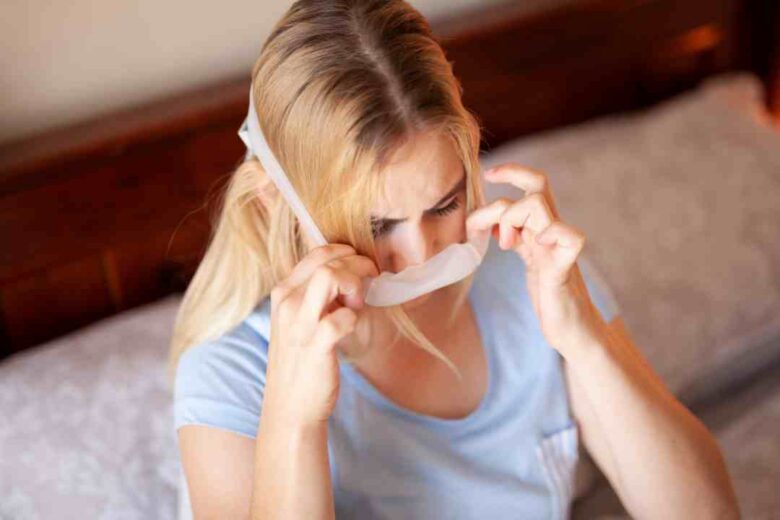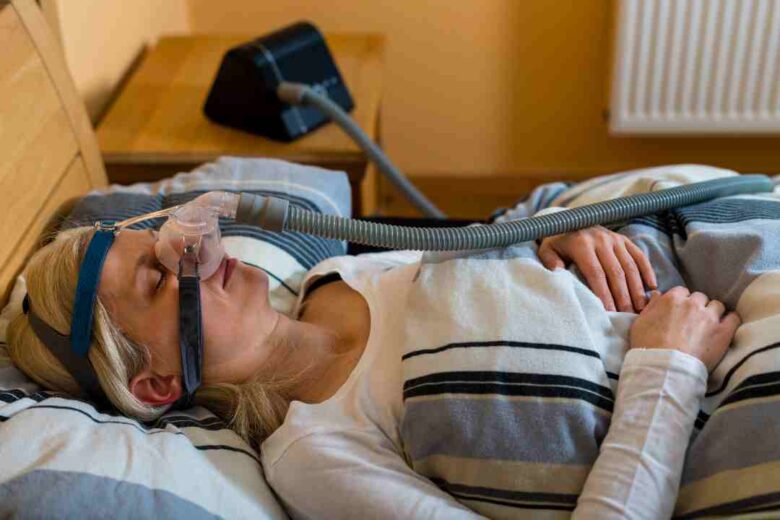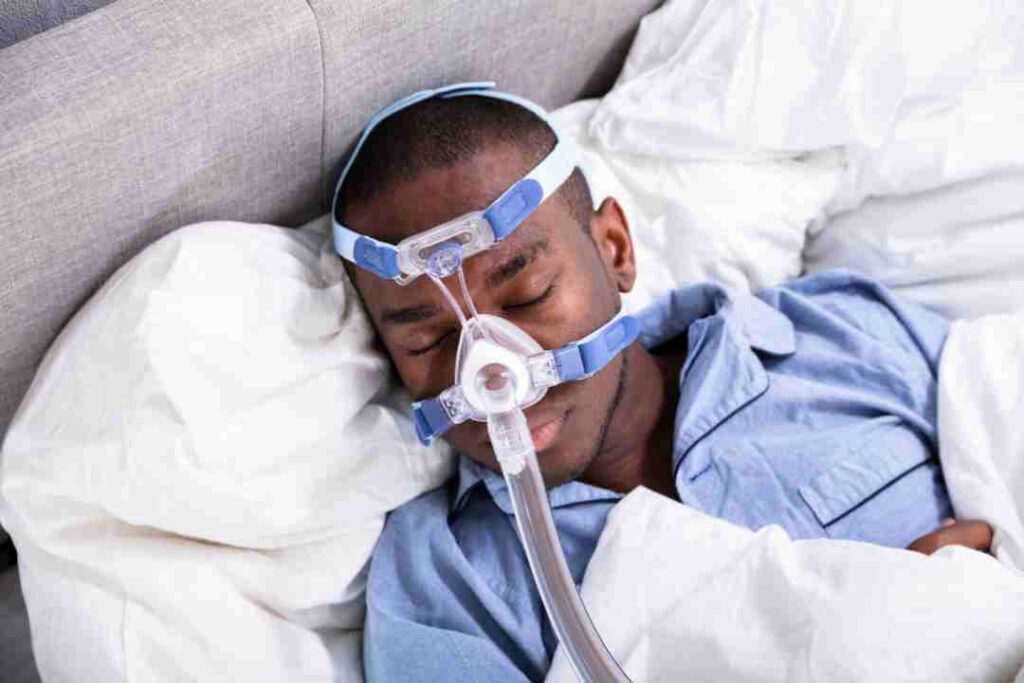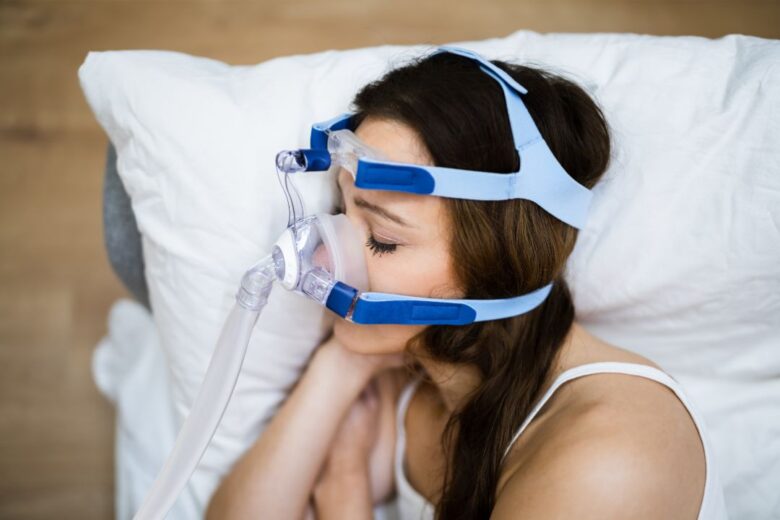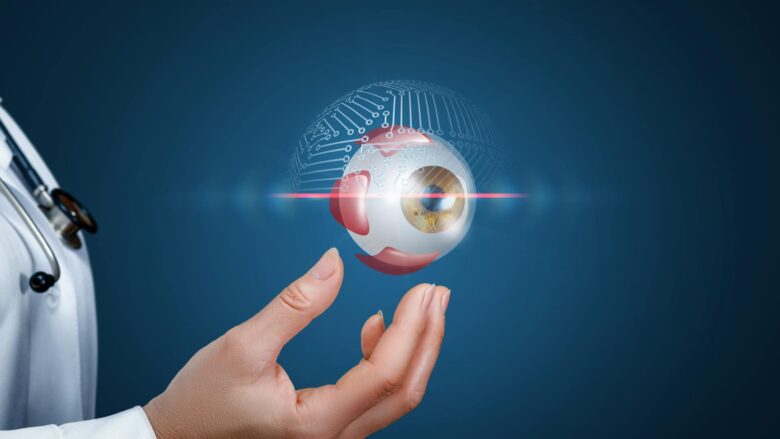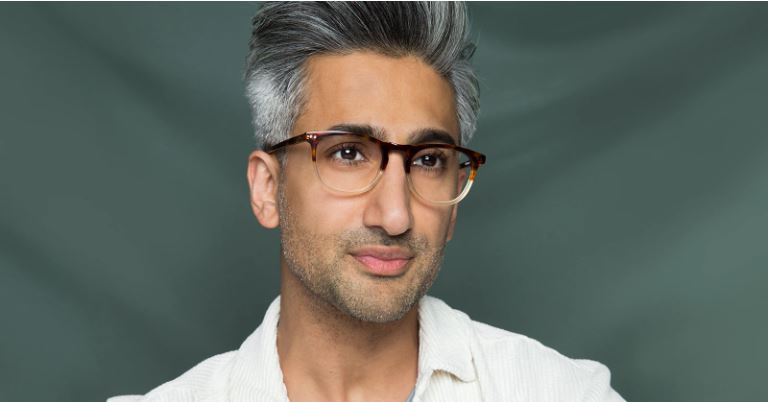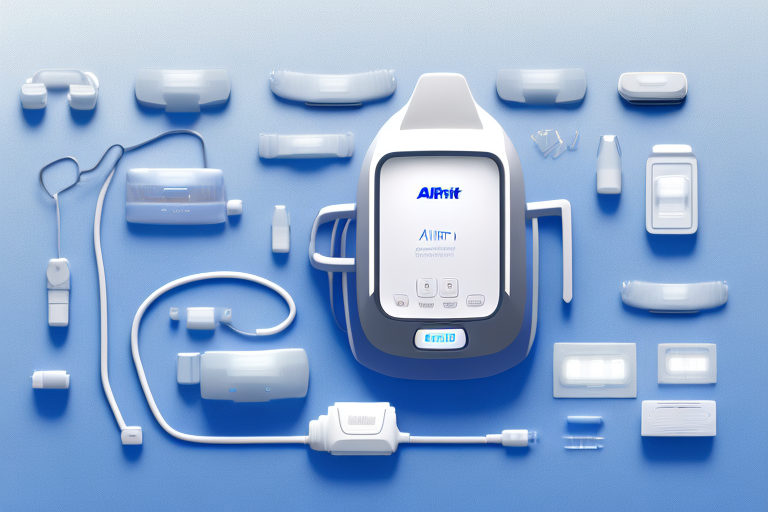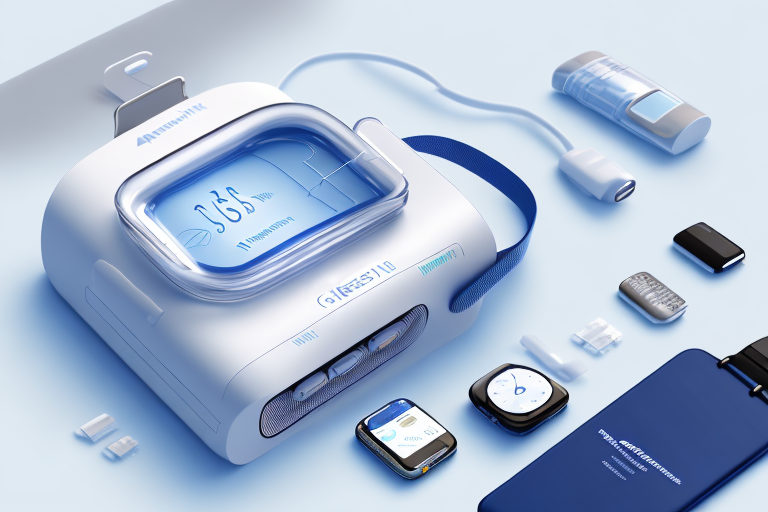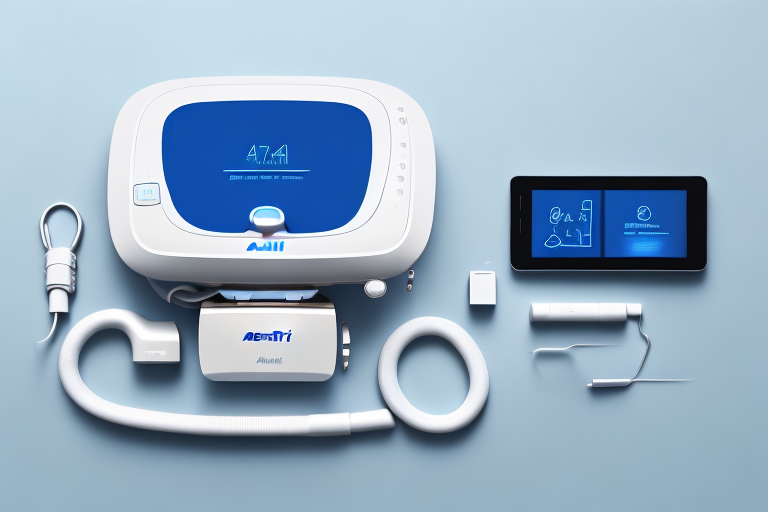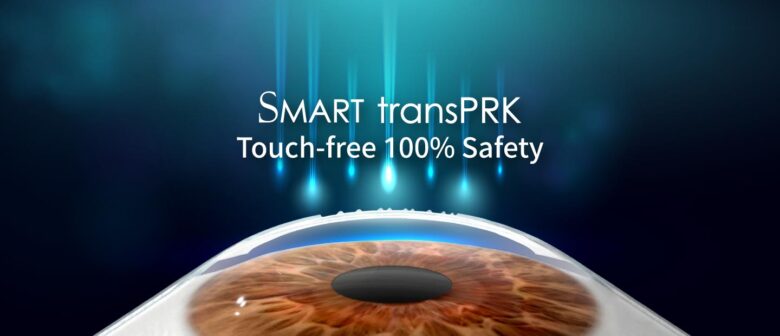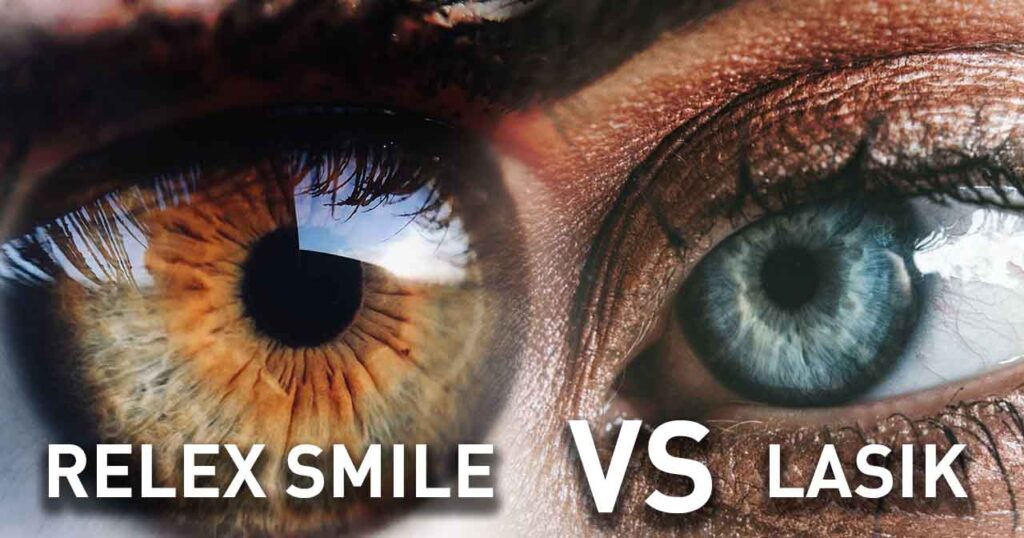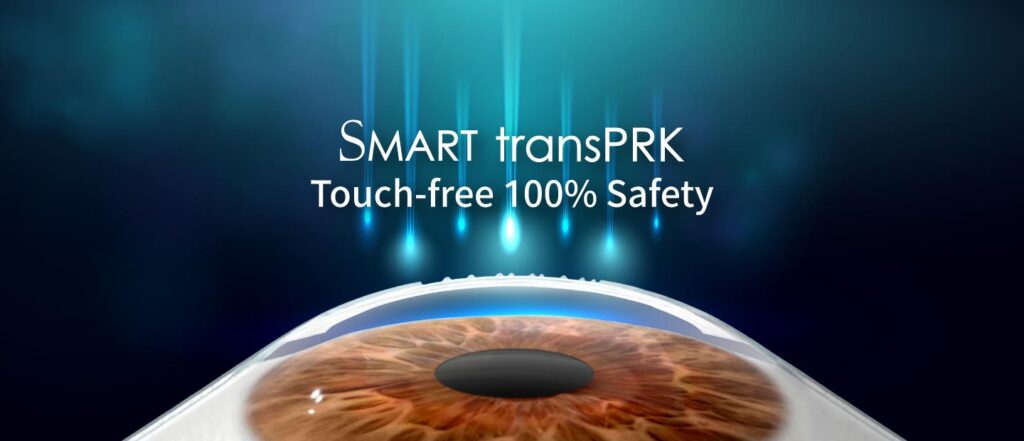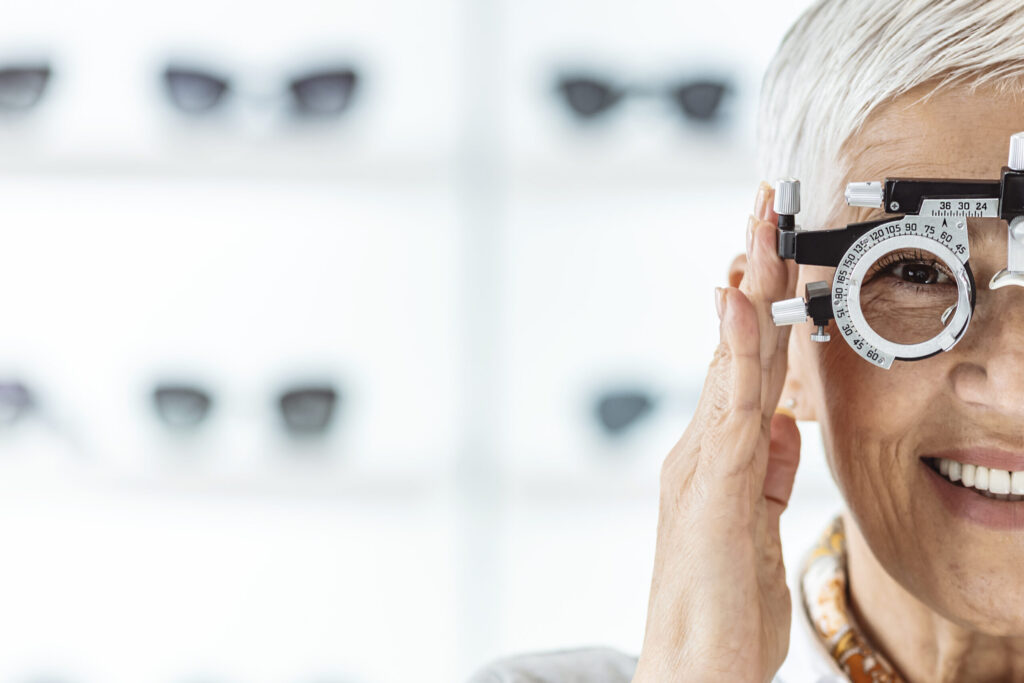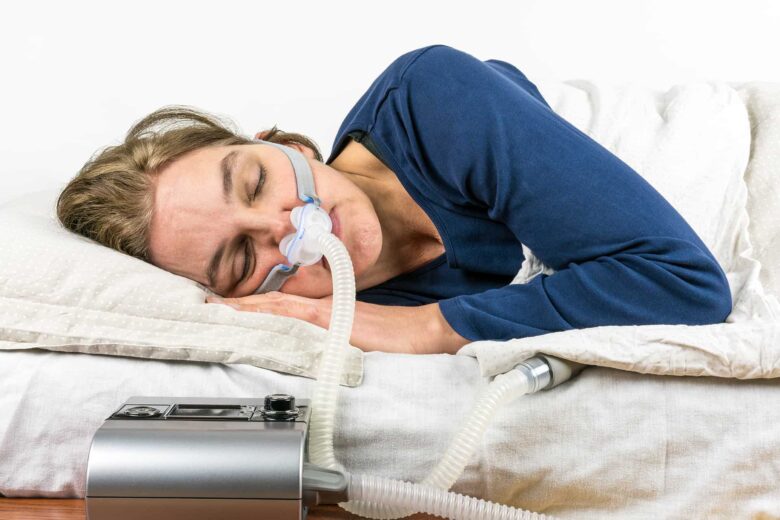Understanding the Importance of Regular CPAP Mask Cleaning
Sleep apnea is a serious condition that affects millions of people worldwide. Continuous Positive Airway Pressure (CPAP) therapy is a common treatment option for those with sleep apnea. CPAP masks are an essential component of this therapy, as they ensure a steady flow of pressurized air to keep the airway open during sleep. However, to ensure the effectiveness and longevity of your CPAP mask, regular cleaning is crucial.
The best CPAP mask come into direct contact with your face, creating a potential breeding ground for bacteria, germs, and allergens. Failure to clean your mask regularly can lead to various issues, including skin irritation, infections, and reduced therapy effectiveness. Therefore, implementing a proper CPAP mask cleaning routine is essential for your overall health and the efficiency of your treatment.
The Role of CPAP Masks in Sleep Apnea Treatment
Before diving into the details of CPAP mask cleaning, let’s first understand the importance of these masks in sleep apnea treatment. CPAP masks not only deliver pressurized air but also play a crucial role in preventing the collapse of the airway. By creating a constant positive pressure, the masks keep the upper airway open, thus reducing apnea events and improving the quality of sleep.
Furthermore, CPAP masks come in various types and sizes to cater to different individuals’ needs. Nasal masks, for example, cover the nose and are ideal for those who primarily breathe through their nose. Full-face masks, on the other hand, cover both the nose and mouth, making them suitable for mouth breathers or individuals who experience frequent congestion. There are also nasal pillow masks, which provide a more minimalistic design by fitting directly into the nostrils.
In addition to the different types of masks, manufacturers have also incorporated innovative features to enhance comfort and usability. Some masks have adjustable headgear straps to ensure a secure fit, while others have built-in humidifiers to alleviate dryness and irritation. These advancements aim to improve patient compliance and overall treatment outcomes.

Risks Associated with Poor CPAP Mask Hygiene
Neglecting proper CPAP mask cleaning can have serious consequences on your health. The buildup of bacteria, mold, and other contaminants can lead to respiratory infections and exacerbate allergies. Moreover, dirty masks can compromise the seal, causing air leaks and reducing the effectiveness of the therapy. To avoid these risks, it’s important to establish a regular cleaning routine. Read more about Health Benefits of Apples by clicking here.
When it comes to cleaning CPAP masks, there are several recommended methods. One common approach is to wash the mask with mild soap and warm water daily. Gently scrubbing the mask with a soft cloth or sponge can help remove any residue or dirt. After cleaning, it’s essential to thoroughly rinse the mask to ensure no soap or cleaning agents are left behind. Additionally, some masks are dishwasher-safe, allowing for convenient cleaning.
Another important aspect of CPAP mask hygiene is the regular replacement of certain components. Over time, the mask cushions and headgear straps may wear out, leading to discomfort and reduced effectiveness. It is generally recommended to replace these parts every three to six months, depending on the manufacturer’s guidelines. By doing so, you can maintain optimal mask performance and ensure a comfortable and hygienic therapy experience.
Must Read: Full List of Laser Eye Surgery Options [From Best to Worst]
Step-by-Step Guide to Cleaning Your CPAP Mask
Gathering Your Cleaning Supplies
Before you begin cleaning your CPAP mask, gather all the necessary supplies. You will need mild soap or CPAP-specific cleanser, warm water, a soft cloth or sponge, and a designated area for air drying. It’s important to avoid using harsh chemicals or abrasive materials, as they can damage the mask.
When choosing a mild soap or CPAP-specific cleanser, opt for one that is fragrance-free and hypoallergenic. This will help minimize any potential skin irritation or allergic reactions.
Ensure that the warm water you use is not too hot, as high temperatures can cause damage to the mask’s materials. Lukewarm water is ideal for cleaning purposes.
When selecting a soft cloth or sponge, look for one that is gentle and non-abrasive. Microfiber cloths or baby washcloths work well for this purpose.
Designate a clean, well-ventilated area for air drying your CPAP mask. It’s important to choose a spot away from direct sunlight, as prolonged exposure to UV rays can degrade the mask’s materials over time.
Daily Cleaning Routine for Your CPAP Mask
Cleaning your CPAP mask on a daily basis is essential for maintaining a hygienic sleep environment. Start by disconnecting the mask from the tubing and disassembling any removable parts, such as the headgear and cushions.
Take a moment to inspect each component for any signs of wear or damage. If you notice any cracks, tears, or deformities, it may be time to replace that particular part. Regularly checking for these issues ensures that your mask functions properly and provides an effective seal.
Gently wash the disassembled components with warm water and a mild soap, ensuring that all surfaces are thoroughly cleaned. Pay close attention to areas that come into direct contact with your face, such as the cushion and the mask frame.
Using a soft cloth or sponge, gently scrub the components to remove any dirt, oils, or residue that may have accumulated. Be careful not to apply excessive force, as this can damage the delicate materials of the mask.
Rinse each component well to remove any soap residue. Soap residue left on the mask can lead to skin irritation or an unpleasant odor.
After rinsing, shake off any excess water and allow the components to air dry in a clean area. Avoid using a towel or cloth to dry the mask, as this can introduce lint or fibers that may irritate your skin or be inhaled during use.
Weekly Deep Cleaning Process
In addition to daily cleaning, it’s important to perform a deeper clean of your CPAP mask on a weekly basis. This helps remove any buildup or stubborn residue that may not be fully eliminated during daily cleaning.
Start by disassembling the mask and placing the components in a sink or basin filled with warm water. Add a small amount of mild soap or CPAP-specific cleanser to create a cleaning solution.
Allow the components to soak in the solution for approximately 15 minutes. This soaking period helps loosen any dirt or residue, making it easier to remove during the cleaning process.
After soaking, take each component and gently scrub them with a soft cloth or sponge to remove any remaining debris. Pay close attention to hard-to-reach areas, such as crevices or small openings.
Rinse each component thoroughly under warm running water to ensure that all soap residue is removed. Soap residue left on the mask can cause skin irritation or an unpleasant taste and smell during use.
Once rinsed, shake off any excess water and place the components in a clean, well-ventilated area to air dry completely. Ensure that the area is free from dust or other contaminants that could potentially compromise the cleanliness of the mask.
Once the components are completely dry, reassemble the mask and perform a visual inspection to ensure that everything is properly aligned and in good condition.
By following this step-by-step cleaning guide, you can ensure that your CPAP mask remains clean, hygienic, and comfortable to use, promoting a restful night’s sleep and optimal therapy effectiveness.
Best Products for CPAP Mask Cleaning
Natural Cleaning Solutions
If you prefer to use natural cleaning solutions, there are several options available. White vinegar diluted with water can be used as an effective disinfectant and deodorizer for your CPAP mask. Vinegar, a versatile household item, has antimicrobial properties that can help kill bacteria and fungi that may accumulate on your mask over time. Diluting it with water ensures that it is gentle enough for regular use on your mask without causing any damage. Click here to read about Breathing difficulties – first aid.
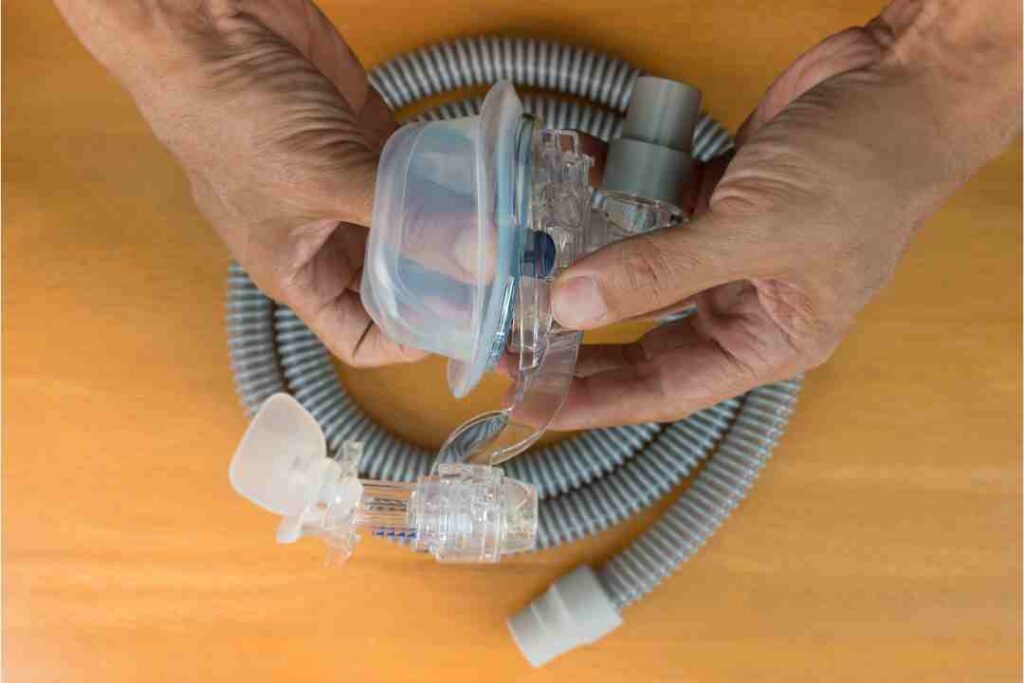
In addition to vinegar, another natural option is a mixture of baking soda and water. Baking soda, also known as sodium bicarbonate, is a mild abrasive that can help remove stubborn stains and odors from your CPAP mask. By creating a paste with water, you can gently scrub the mask to effectively eliminate any build-up or discoloration. Baking soda is a safe and non-toxic option that can leave your mask feeling fresh and clean.
Furthermore, if you prefer a more fragrant natural solution, you can add a few drops of essential oils to your vinegar or baking soda mixture. Essential oils such as lavender, tea tree, or eucalyptus not only provide a pleasant scent but also have antimicrobial properties that can enhance the cleaning power of your solution.
Commercial CPAP Cleaning Products
If you prefer ready-to-use cleaning solutions specifically designed for CPAP masks, there are numerous commercial products available to meet your needs. These products often come in the form of wipes, sprays, or cleansers that efficiently remove dirt, oils, and bacteria from your mask.
One popular option is CPAP mask wipes. These pre-moistened wipes are convenient and easy to use. They are specially formulated to clean and disinfect your mask without the need for water or additional cleaning agents. Simply wipe down your mask and let it air dry, and you’re ready to use it again. CPAP mask wipes are often infused with gentle cleansing agents and natural ingredients, such as aloe vera, to soothe and nourish your skin.
Another type of commercial CPAP cleaning product is the CPAP mask spray. These sprays are designed to quickly and effectively sanitize your mask. Simply spray the solution onto your mask, let it sit for the recommended time, and then wipe it clean. CPAP mask sprays often contain disinfecting agents, such as hydrogen peroxide or alcohol, which can help kill bacteria and viruses that may be present on your mask.
Lastly, there are CPAP mask cleansers available that are specifically formulated to deep clean your mask. These cleansers often come in liquid form and can be used in conjunction with water to thoroughly clean your mask. They are designed to remove any build-up or residue that may accumulate over time, ensuring that your mask remains clean and hygienic. CPAP mask cleansers are typically gentle on the mask material and can help prolong its lifespan.
When using commercial CPAP cleaning products, it’s important to follow the manufacturer’s instructions to ensure proper usage and effectiveness. Additionally, it’s crucial to ensure that the cleaning products you choose are compatible with your specific CPAP mask, as some masks may require specific cleaning agents or methods.
Maintenance Tips for Prolonging the Life of Your CPAP Mask
Proper Storage of Your CPAP Mask
Storing your CPAP mask properly when not in use is essential for maintaining its cleanliness and prolonging its lifespan. Make sure to keep your mask in a clean, dry area away from direct sunlight. Consider using a breathable carry bag or case specifically designed for CPAP equipment to protect it from dust and debris.
When and How to Replace CPAP Mask Parts
While regular cleaning is vital, there will come a time when certain components of your CPAP mask need to be replaced. Over time, wear and tear can compromise the effectiveness and comfort of the mask. Replace the mask cushions, headgear, and filters as recommended by the manufacturer or your healthcare provider. Regularly inspect the mask for signs of deterioration, such as cracks or tears, and replace any damaged parts promptly.
Troubleshooting Common CPAP Mask Problems
Dealing with Mask Leaks
Mask leaks can occur for various reasons, including an improper fit or worn-out components. To address mask leaks, ensure that your mask is correctly sized and adjusted to fit your face snugly. If leaks persist, it may be necessary to replace worn-out cushions or other sealing components. Consulting your healthcare provider can help identify the root cause of the issue and provide appropriate solutions.
Addressing Skin Irritation from CPAP Masks
Skin irritation is a common issue faced by CPAP mask users. To alleviate skin irritation, ensure that your mask is clean and dry before each use. Consider using mask liners or barrier creams to create a protective barrier between your skin and the mask. If the irritation persists, consult your healthcare provider for further guidance.
In conclusion, regular CPAP mask cleaning and maintenance are crucial for ensuring the effectiveness and longevity of your sleep apnea therapy. By understanding the importance of regular cleaning, following a step-by-step cleaning routine, and utilizing appropriate cleaning products, you can maintain a hygienic sleep environment and enjoy the maximum benefits of your CPAP therapy. Additionally, implementing proper maintenance and troubleshooting techniques can help address common CPAP mask problems and prolong the life of your mask. By prioritizing CPAP mask cleaning and maintenance, you can optimize your sleep apnea treatment and improve your overall well-being.

